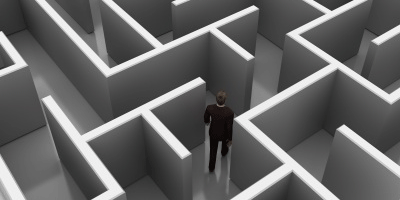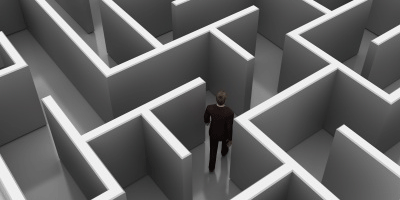Greed is Good
Many a tourist has, perhaps happily, gotten lost in the twists and turns along the way to Venice’s Piazza San Marco. How navigable a city is—or could be with an extra footbridge or better-placed signs—is something network models try to quantify. Now, writing in Physical Review Letters, two scientists show how one such model could better account for the way humans actually go about reaching a destination.
Sang Hoon Lee and Petter Holme at Umeå University in Sweden focus on a type of “greedy” navigation model, where at each point on a map, a navigator heads in the direction most in line with her destination (say a tall building in the distance) and only backtracks if she can’t move to a point that hasn’t already been visited. The model thus assumes a navigator has more information than one making random decisions, but doesn’t have at hand any “smart” technology telling her the overall shortest route.
Using maps of New York, Boston, and the Swiss Rail System, as well as the maze at Leeds Castle in England, the authors compare the distance traveled by a greedy navigator with that taken by a random navigator and the actual shortest path. Not surprisingly, greedy navigators get to where they are going in a much shorter distance than random travelers, though this advantage almost vanishes in the disorienting twists and turns in a maze.
Such models could be used to figure out the impact of blocking off certain bridges, tunnels, or roads on drivers or pedestrians trying to navigate a city. What do Lee and Holme advise to keep a greedy navigator’s trip as short as possible in Boston? Keep the Harvard Bridge open. – Jessica Thomas





